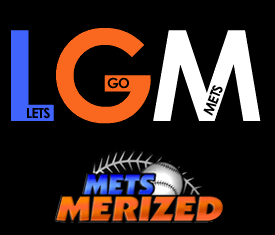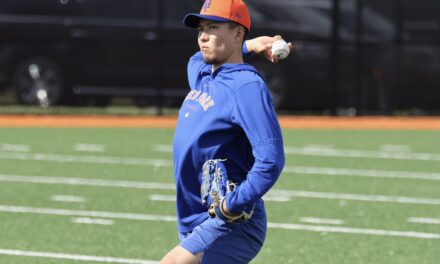
Mets’ manager Mickey Callaway threw a wrench into Corey Oswalt‘s start yesterday when he came out and, despite the team’s 1-0 deficit, decided to shake things up and bring in Daniel Zamora with two outs in the third inning. Having thrown just 61 pitches, Oswalt was evidently intended to kick off a bullpen game similar to the one he had spearheaded last Sunday afternoon. While things began on a promising note through the first four frames, it was a combination of Paul Sewald and Drew Smith who ultimately cracked – allowing four runs on four hits and dropping the Mets in a 5-3 hole they would never climb out of in the loss.
The lone run on Oswalt’s watch had been unearned, scoring in the first inning after Dominic Smith threw a forceout into left field and Xander Bogaerts poked an RBI single into center the following at-bat.
Despite making a few key pitches to limit the damage, Oswalt nonetheless required 29 pitches (just 16 strikes) in the first, hitting Mookie Betts to get the ball rolling, losing to Bogaerts on a seven-pitch at-bat, and walking Ian Kinsler before finally escaping after a Jackie Bradley flyout that looked to be gone at first glance.
The more resilient side of Oswalt’s first inning reappeared in the second, after Rafael Devers reached on another Smith error to open the second, but would fail to come around, as Oswalt worked a clutch popout out of Sandy Leon and fanned Betts on three pitches before doing away with J.D. Martinez – who had also gone down in order with a runner in scoring position the previous inning – on a one-pitch flyout to right.
The navigation process itself wasn’t too atypical of Oswalt. Three hits were allowed and plenty of pitches were shelled out, but the rookie seemed to have Boston’s lineup down pat by the middle of the third inning. Rather than giving him an opportunity to test his feel against a top-notch offense, Callaway took a more experimental route, and to his credit, the end results, particularly from Zamora, weren’t all that easy to complain about.
Zamora used a handful of crafty sliders to strike out Bradley on four pitches to quickly end the third, and after being given a 3-1 lead on a Brandon Nimmo homer the following inning, struck out the side. Like Oswalt, the lefty needed his share of ammo (25 pitches across three full-counts and a 2-2 count), but still made impressive strides altogether. Through his first 11 appearances, Zamora has worked seven innings, and despite his struggles against lefties (.308/.308/.692 entering the afternoon), he has struck out a remarkable 14 batters. And with his most recent showing as both a capable and effective inning-to-inning guy, he has certainly inserted himself into the discussion as a potential left-handed option for next year’s bullpen.
In Zamora’s place came Sewald, who to his credit got his first two outs with relative ease in the fifth. Nonetheless, his inability to close the door and keep his team ahead effectively sunk it. After a seeing-eye single from Steve Pearce and a frozen rope up the middle by Kinsler, Bradley launched a two-run double (originally ruled a home run before a replay review overturned the call) off the top of the Green Monster to tie the game.
The Mets opted to intentionally walk Devers and make a call for Drew Smith as Boston brought Brock Holt up to pinch-hit. Just one 97 mph fastball off the center field wall later, Boston had brought in two more to reclaim the lead. In his defense, Smith retired his next four batters on just seven pitches, which nearly threw the momentum back in the Mets’ favor as they led off the seventh with a pair of walks against knuckleballer Steven Wright, but the rally fizzled out after a brief mound visit.
Drew Gagnon was given the seventh and eighth innings, and despite keeping the Sox off the board, he too struggled to do so cleanly. While he erased a leadoff single in the seventh with a 6-4-3 double play and again in the eighth via 5-4-3, he exited with two outs after walking Betts and yielding a first-pitch liner into center off the bat of Andrew Benintendi. He was lifted for Jacob Rhame, who also whiffed Martinez (his only assignment) on a high 97 mph heater to keep the deficit at two runs.
While it doesn’t speak all that well of Oswalt, who maintains a starter ERA of 5.08 and a WHIP of 1.30 to this point in his first big-league season and could possibly fit as a depth option going forward, the Mets’ efforts to gauge the strength of their bullpen this month has yielded some impressive results.
Their 2.96 September FIP entered today fifth in the majors, their K/BB percentage of 21.1% ranks sixth, and their 10.06 K/9 and 0.68 WPA both come in at ninth. Fortunately, the recent success from their top three starters has limited the workload (Zamora’s appearance today was his first in eight games – for example), but it will still bode well for the organization if they can actually hash out two or three arms that can hang on the tightrope between the Triple-A and big-league levels next season.















